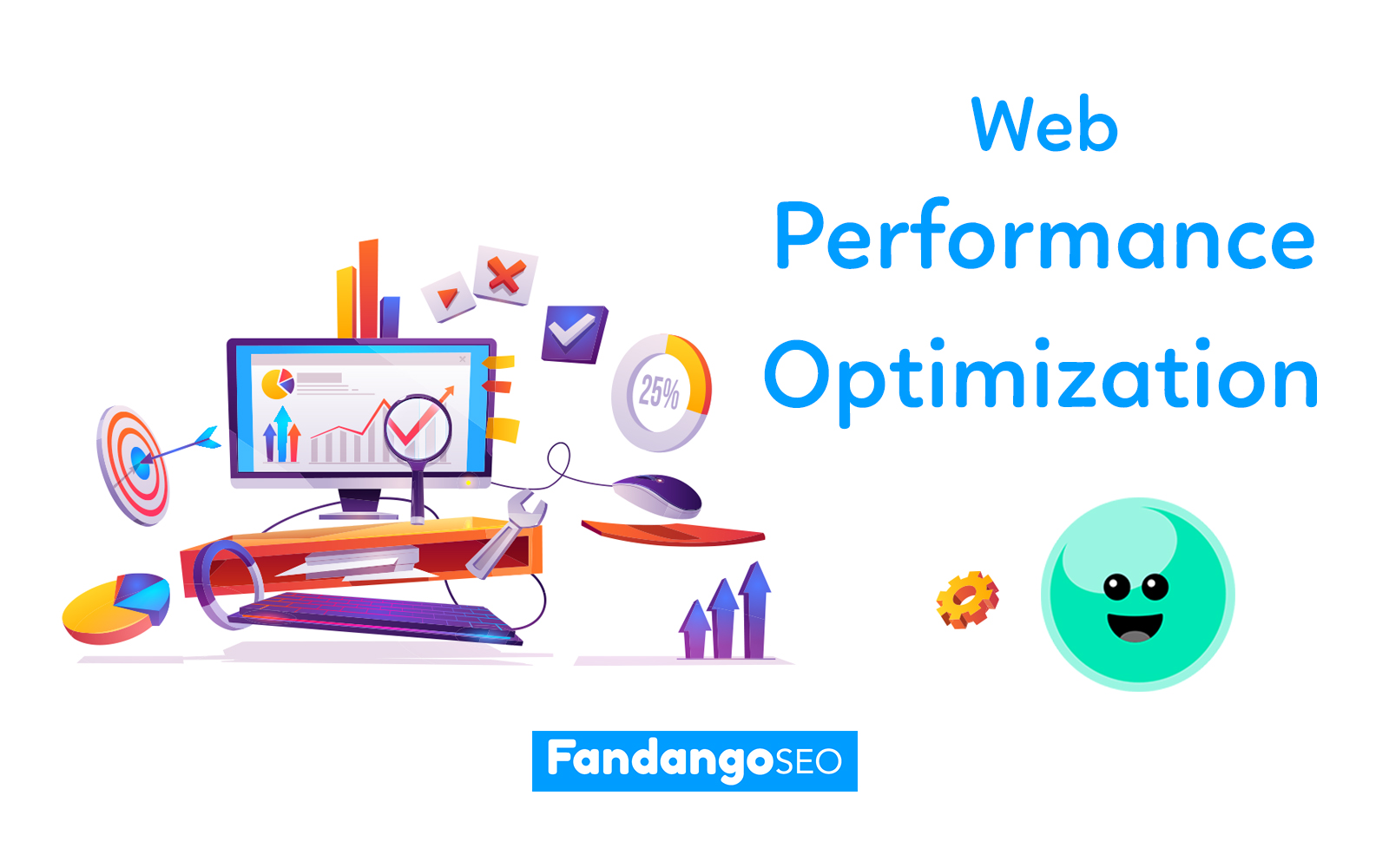Shop At Haya: Your Ultimate Shopping Guide
Discover the best shopping tips, trends, and deals for a smarter buying experience.
Speed Demons: Boosting Web Performance Like a Pro
Unlock the secrets to lightning-fast web performance and outpace the competition—discover pro tips in Speed Demons!
10 Proven Techniques to Speed Up Your Website
In today's fast-paced digital world, website speed plays a crucial role in user experience and search engine rankings. Here are 10 proven techniques to help you optimize your site's performance:
- Optimize Images: Compress images and use modern formats like WebP to reduce load times.
- Minify CSS & JavaScript: Eliminate unnecessary spaces and comments in your code to decrease file size.
- Enable Browser Caching: Set expiration dates for your resources, so repeat visitors can load your site faster.
- Use a Content Delivery Network (CDN): Distribute your content across multiple servers worldwide to decrease latency.
- Reduce Server Response Time: Choose a reliable hosting provider to minimize the time it takes to process a request.
Additionally, to further accelerate your website's loading speed, consider implementing these techniques:
- Limit Redirects: Each redirect creates additional HTTP requests and increases load time.
- Implement Lazy Loading: Load images and videos only when they are in the user's viewport, which decreases initial load time.
- Use Asynchronous Loading for JavaScript: Modify your scripts to allow HTML to render before JavaScript executes.
- Remove Unused Plugins: Too many plugins can slow down your site; keep only the ones that add real value.
- Monitor and Optimize Your Site Regularly: Use tools to analyze your website performance and make adjustments as needed.

Understanding Web Performance: Key Metrics You Need to Know
Understanding web performance is crucial for delivering a seamless user experience and optimizing your website for search engines. Key metrics that you should focus on include Page Load Time, which measures how quickly your website's content is displayed to users. Another important metric is Time to First Byte (TTFB), which indicates the amount of time it takes for the browser to receive the first byte of data from the server. Additionally, First Contentful Paint (FCP) shows how long it takes for the first element of your page to become visible, further enhancing the user's interaction with your site.
Another critical performance metric is Overall Page Size, which refers to the total size of all elements on your webpage, including images, scripts, and stylesheets. Managing this metric is essential for ensuring faster load times. Additionally, you'll want to look at Requests per Page, which counts the number of individual files that the browser needs to download. Reducing these requests can significantly improve your site's performance. To wrap up, remember that monitoring and optimizing these key metrics will not only enhance user engagement but also improve your site's SEO rankings in search results.
Is Your Site Slow? Common Bottlenecks and How to Fix Them
If your website is loading slowly, it's essential to identify and address the common bottlenecks that could be impeding its performance. One major factor is large image files that have not been optimized for the web. Uncompressed images can significantly increase load times, leading to a poor user experience. Another common issue is excessive HTTP requests; each element on your page (such as scripts, stylesheets, and images) requires a request to the server, so minimizing these can drastically improve your loading speeds. You may also experience slowdowns from poorly written code, which can create unnecessary strain on your server. Understanding these bottlenecks is the first step toward achieving a faster, more efficient site.
To tackle these issues effectively, there are several strategies you can implement. First, consider using image compression tools to reduce the file sizes of images without losing quality. Secondly, you can streamline your code by removing any redundant or unnecessary scripts that may be slowing down your site. Implementing a Content Delivery Network (CDN) can also enhance your site's speed by distributing its content across multiple servers globally. Lastly, leveraging browser caching allows returning visitors to load your site faster, as their browsers will have previously saved content readily available. By addressing these common bottlenecks, you can significantly enhance your site's performance and user experience.